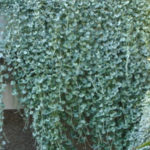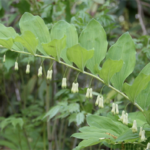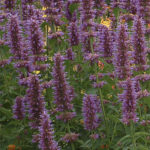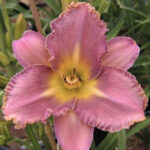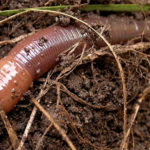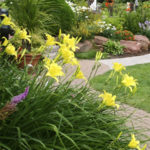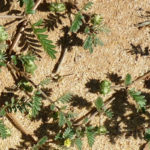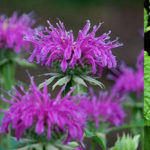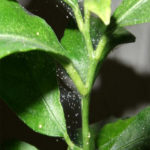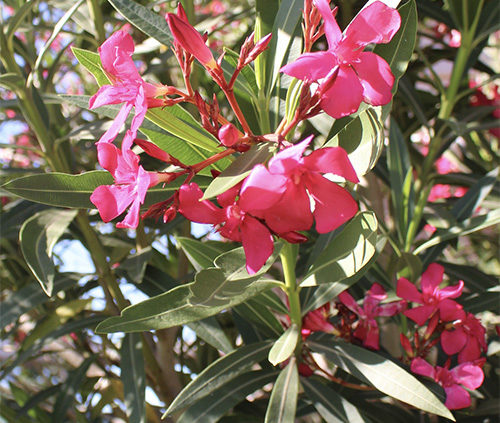
Oleander Evergreen Shrub
Oleander Plant Care Instructions – How To Grow Oleander Shrub
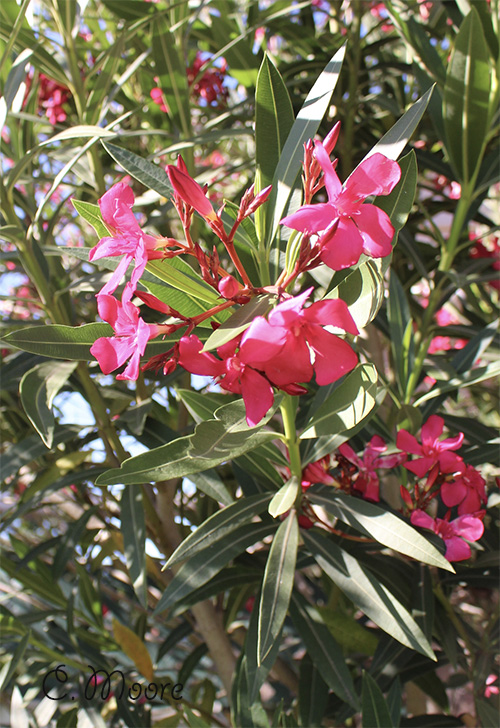 Oleander is an attractive looking shrub or small tree that can be grown in most gardens. It can grow in any place in Australia. The plant needs proper pruning to make it look a magnificent attraction to the garden. The plant offers dense foliage but is not woody in nature. It belongs to the Apocynaceae family that is generally believed to be toxic in all parts. This is the only species to be classified under the genus Nerium. It can grow well in warm and sub-tropical regions and the plant is tolerant to poor soils. Right now the Agapanthus, Oleanders and the Jacaranda trees are all out in full bloom. All parts of the Oleander plant are poisonous and dangerous to all living life, due to its toxic nature.
Oleander is an attractive looking shrub or small tree that can be grown in most gardens. It can grow in any place in Australia. The plant needs proper pruning to make it look a magnificent attraction to the garden. The plant offers dense foliage but is not woody in nature. It belongs to the Apocynaceae family that is generally believed to be toxic in all parts. This is the only species to be classified under the genus Nerium. It can grow well in warm and sub-tropical regions and the plant is tolerant to poor soils. Right now the Agapanthus, Oleanders and the Jacaranda trees are all out in full bloom. All parts of the Oleander plant are poisonous and dangerous to all living life, due to its toxic nature.
Description of Oleander
The Oleander plant can grow to a height of 2 to 6 metres. The stems are erect and they will spread outwards as they start growing. The mature stems are greyish brown in colour and the first year stems will have a bluish green or grey bloom. The leaves are normally seen in pairs or in whorls of three. They are dark green coloured, thick and grow up to 5 to 21 cm in length and 1 to 3.5 cm in width. At the end of each branch will see a bunch of flowers that come out in red, white or pink colours. They are often sweet-scented.
Growing Oleanders
The Oleander plant can be grown in large pots or containers or even on the ground as border trees. The best time to plant the Oleander is during the spring or the autumn seasons. The plant can survive all temperatures but thrives in areas where the temperature is above freezing point. Oleander loves full sun but tolerates light shade as well. The soil has to be a well-drained soil and adding organic compost to the bad soil will help in, improving the soil.
- It is important to get a healthy Oleander plant with dark green leaves and thick branches to grow in your garden.
- Dig a large hole in the soil that can easily accommodate the root ball of the plant and must be about two to three times wider than the root ball.
- Carefully place the new plant in this hole in an upright position. Once done, push the loose dug up soil into the new shrubs home and once you reach the top level, press the sides of the plant so that the roots of the plant are firmly fixed in the soil.
- Water along the sides of the plant after planting and if the soil level goes down, add loose soil and press it with your hands.
- If planting Oleanders as a hedge plant them 1 metre apart.
They need adequate water and plenty of sunshine when growing outdoors.
Care for Oleander
In order to propagate new plants, you can prune the plant and make the roots to develop on the cuttings. This rooted cutting can be planted in the soil to grow new Oleander plants. Pruning the plant generously will encourage, to keep the shrub tidy. It is ideal to prune the plant after its bloom. If you are moving an Oleander from indoors to outdoors, first start by introducing it to partial shade and then slowly move it to full sunlight.



